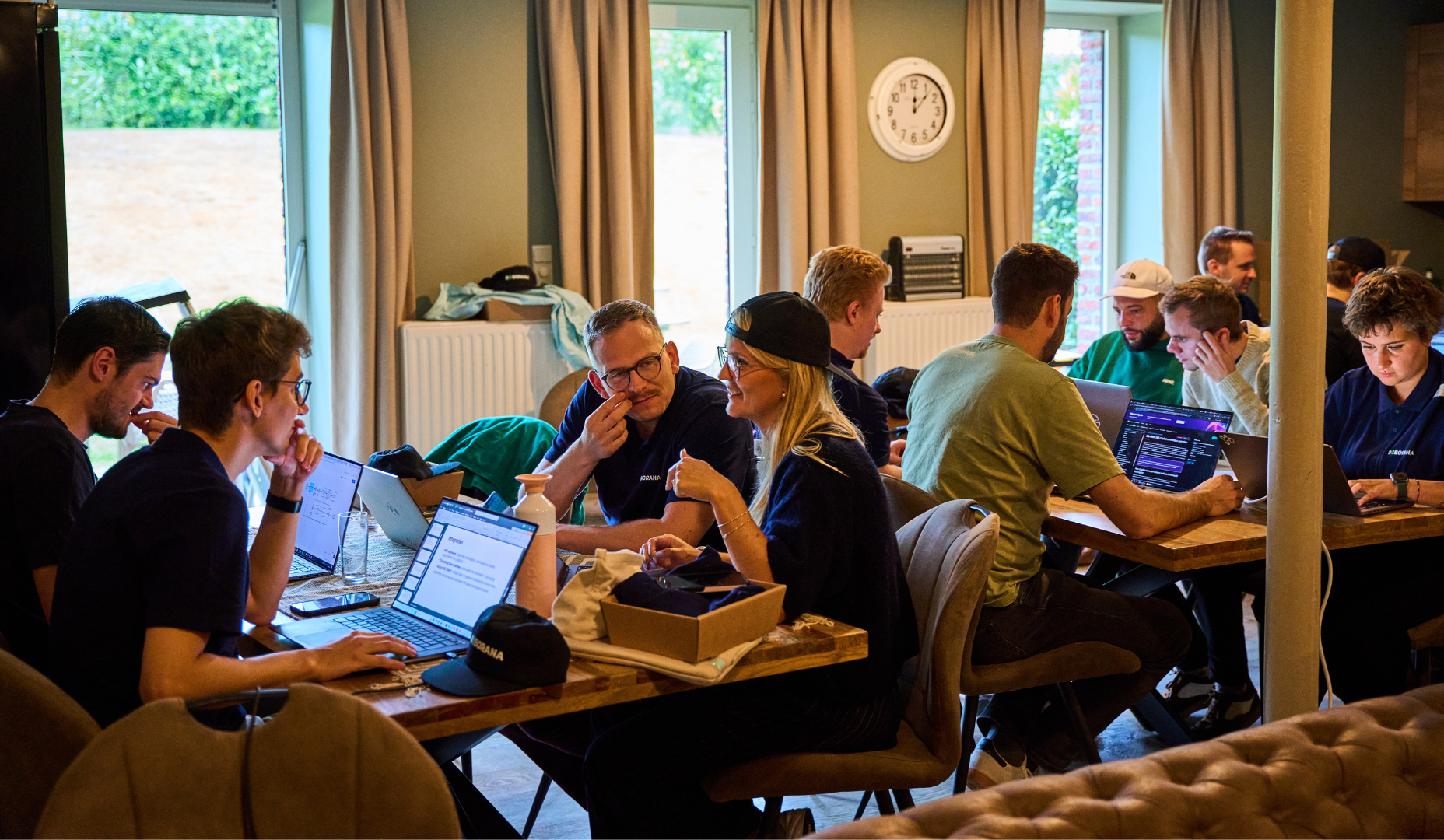

However, AI literacy doesn't come from info sessions about risks and best practices alone. It comes from one simple, but powerful action: letting people experiment with AI in hands-on ways. That requires inspiration, training, and support, ideally tailored to their context. Think of brainstorming sessions, peer learning, or “prompting pitstops” where employees within the same team or role share experiences and tips.
Let's break down why this bottom-up approach is the only AI strategy that will deliver real, lasting value.
The obvious benefit of AI literacy is a boost in productivity. But for us, the real magic lies in the byproduct: your employees building a deep, practical understanding of how AI thinks. They will start to understand what AI can and cannot do, and how to use it effectively in their specific context. This builds a strong collective learning curve about where AI adds value and turns your employees into active builders of your future AI solutions.
Through experimentation, employees learn where AI makes a difference in their daily tasks. They figure out how to get better results through smarter prompting, how to avoid errors or misinterpretation, and how to feed AI with relevant information. That practical, grounded experience is what really builds AI literacy.
And that literacy is essential. Because employees who understand how AI behaves are better equipped to:
In short: AI literacy fuels both productivity and organizational intelligence around AI.
More literacy sparks more curiosity. That curiosity leads to experimentation. Not every AI initiative needs to be a major project with deep integration into existing (often complex) systems. In fact, small, well-scoped experiments often provide the most insight. Think of HR staff using a basic AI Agent to answer common employee questions, or legal teams using AI to quickly identify deviations between standard templates and vendor contracts.
These small, focused experiments pay off in two big ways. First and foremost is the increase in productivity, as we've mentioned earlier. But they also allow teams to test if AI can effectively support specific tasks, without needing to build a full solution right away.
When successful, the lessons from those experiments (related to the right data sources, structure, question types, and response formats) can later inform more integrated, production-grade solutions.
In organizations where AI literacy is widely developed, we increasingly see employees initiating their own AI-based solutions. Not as programmers, but as what we’ve long called citizen developers. These are domain experts who use tools like Power Platform, Copilot Studio or other low-code platforms to create digital apps and workflows without formal coding expertise.
In the past few years, we've seen citizen development struggle to gain traction. Not due to a lack of technology, but due to missing structure, governance, or support. We think that success hinges on clearly defining who can be a citizen developer, actively identifying the right profiles, and linking them to an IT-supported path forward. That's why we see citizen development not as an end goal, but as a launchpad: a way to grow valuable grassroots ideas into scalable, sustainable solutions in collaboration with IT.
Today, building digital solutions is easier than ever. Where low-code used to revolve around visual drag-and-drop interfaces, we now see more platforms supporting text-based instructions. That’s an even lower barrier: describing what you want in plain language is far more intuitive than configuring logic blocks.
In that context, some citizen developers are taking things a step further by building AI-powered assistants or workflows, known as citizen agents. These agents aren’t people, but AI components created by citizen developers. They embed intelligence into everyday processes and become part of custom-built solutions.
General-purpose AI tools play a double role here: they help build the solution, and they become part of it. It’s a hybrid approach: employees use AI to build with AI.
General-purpose AI is more than a productivity booster. It’s a vehicle for AI literacy, a launchpad for experimentation, and a bridge to citizen innovation. Organizations that invest in widespread adoption, practical training, and safe experimentation are laying the groundwork for sustainable AI transformation. Not through top-down directives, but powered by employees who understand the work and embrace the tech.
The future of AI in organizations won’t just be built by large models or central systems. It will also be shaped by employees who learn to build with AI, day by day.
Let us help you empower them with the tools and the freedom to leap forward.